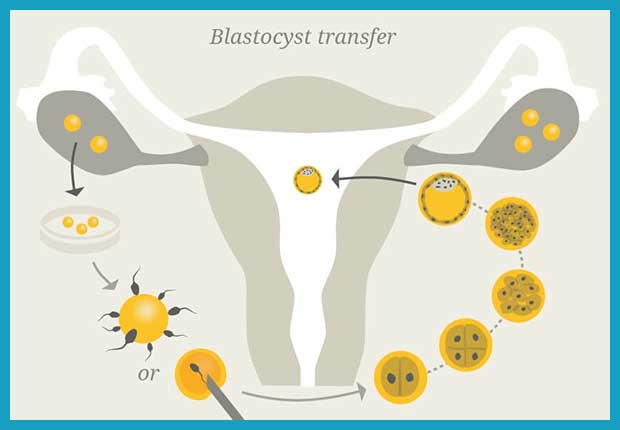
Blastocyst Culture and Transfer
Before discussing the culture and transfer process, we should first understand what the blastocyst is. To put it simply, it is a human embryo once 5 - 7 days have passed. This method for IVF maximizes pregnancy chances while substantially reducing the risk.This method cultures and develops the embryo for 5 days or so, before it is transferred to the uterus, and thus this has grown to be a preferred method of treatment for many couples.
Advantages of Blastocyst Culture
- Since the natural process of self-selection for an embryo to become a blastocyst, and they are further cultured with utmost care only the ablest ones are selected to be used for the transfer, thus ensuring a higher chance of success.
- A high degree of conditions are required to be met for growing a blastocyst, thus 45% of fertilized eggs are able to reach the blastocyst stage.
- Some couples require specialized care and even screening for PGS and PGD. In these cases, an embryo biopsy is performed right at the blastocyst stage rather than at the conventional day 2 or 3 embryo.
- Blastocyst is overall a much more physiological process. This is owed to the fact that even in a natural pregnancy cycle, a five-day window is required for the fertilization to reach the womb and for the implantation to be a success.
Who Can Benefit from Blastocyst Culture?
Blastocyst culture is advised for:- To eliminate multiple pregnancies: Since this process hones the powers of transferring only the single best embryo this significantly reduces the chance and risk encumbering for multiple pregnancies.
- For patients with multiple failed IVF: Should a blastocyst culture be done on patients who have suffered from a failed IVF attempt for a day ⅔ embryo, more pertinent information can be gained related to the growth and other trouble-causing factors and this, in turn, could aid in improving pregnancy rates.
What is the quantifiable success rates that can be achieved from blastocyst transfer?
Rates have been checked to rise considerably after a blastocyst transfer. Should we compare the same to early development stages the chances increase by somewhere around 7 per cent or so. However, these values cannot be assigned to all classes and thus we should also check up on the age bracket under which the woman falls. If the age is below 30, chances increase by around 45-50% while for those falling under 40 but more than 30, these chances would drop to 35-40%.There are more factors that are also to be considered and they vary from woman to woman. Should there be low egg count and quality and 3-day transfer might end up benefiting more. However, the most ideal approach in these conditions for the highest success chances is to make the process as personalized and tailor-made as possible.
Let’s delve deeper into the stages of development for the same:
- In the medical world, the day when the egg is retrieved is known as day 0. The process of IVF or ICSI is followed through after this has been done.
- On the next day - Day 1, when in the pronuclear stage the embryologist checks upon how many eggs are there which have been successfully fertilized.
- Following this, the cell development stages are witnessed. Cell stage 2 - 4 is witnessed on Day 2.
- The cell reaches stage 8 on Day 3.
- The morula stage is witnessed on Day 4.
- Finally, the blastocyst stage is witnessed on Day 5 - 6.
Related Services offered at Sparsha IVF
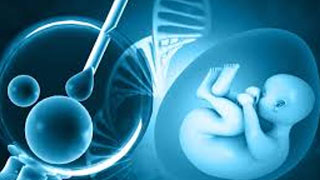
IVF
The procedure where an ovulated egg from the woman's body is fertilized with sperms outside the body is called In Vitro Fertilization or IVF.
Read More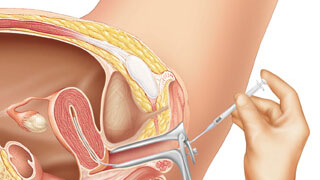
IUI
The procedure to treat infertility through artificial insemination is known IUI or Intrauterine Insemination.
Read More
ICSI
ICSI is a complex and extremely careful laboratory procedure, where every single sperm is injected with expert precision.
Read More
Antenatal Care
Our new one-stop approach resulted in a diagnosis of early pregnancies, high-risk pregnancies with all proper investigations.
Read More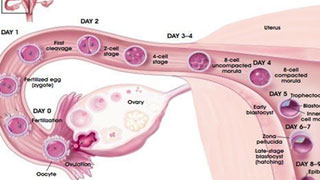
Blastocyt Transfer
Before discussing the culture and transfer process, we should first understand what the blastocyst is.
Read More
Cryopreservation
Specialized care and support in cryopreservation, the sperms and embryos are frozen and then thawed.
Read More
Male Patients Evaluation
It is estimated that up to one-third of all fertility complications of couples is related to a male factor.
Read More
Fertility Diagnostic
Our Infertility Centres in Madhyamgram and Chinar Park offer one-stop fertility diagnostic services for all your problems.
Read More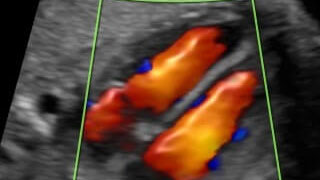
Fetal Echo Cardiography
We provide the service of a prenatal diagnosis for Congenital Heart Disease (CHD) which has a significant impact on the management.
Read More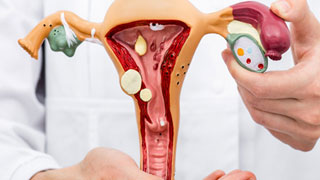
Gynecological Care
Sparsha Infertility Centre – Madhyamgram, has become an absolute hub for diagnosing and treating all sorts of gynaecological conditions.
Read More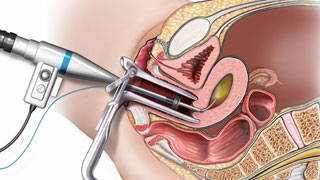
Hysteroscopy
Through Hysteroscopy the doctor is able to look inside the uterus and diagnose and treat the causes of abnormal bleeding.
Read More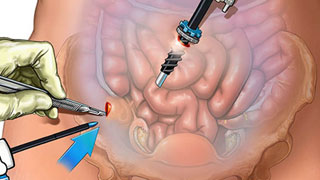
Laproscopy
Laproscopy is used to examine the organs inside the abdomen. It is a low-risk procedure requiring only small incisions.
Read More
Book an Appointment
Fill in the details below to enable us contact you instantly
